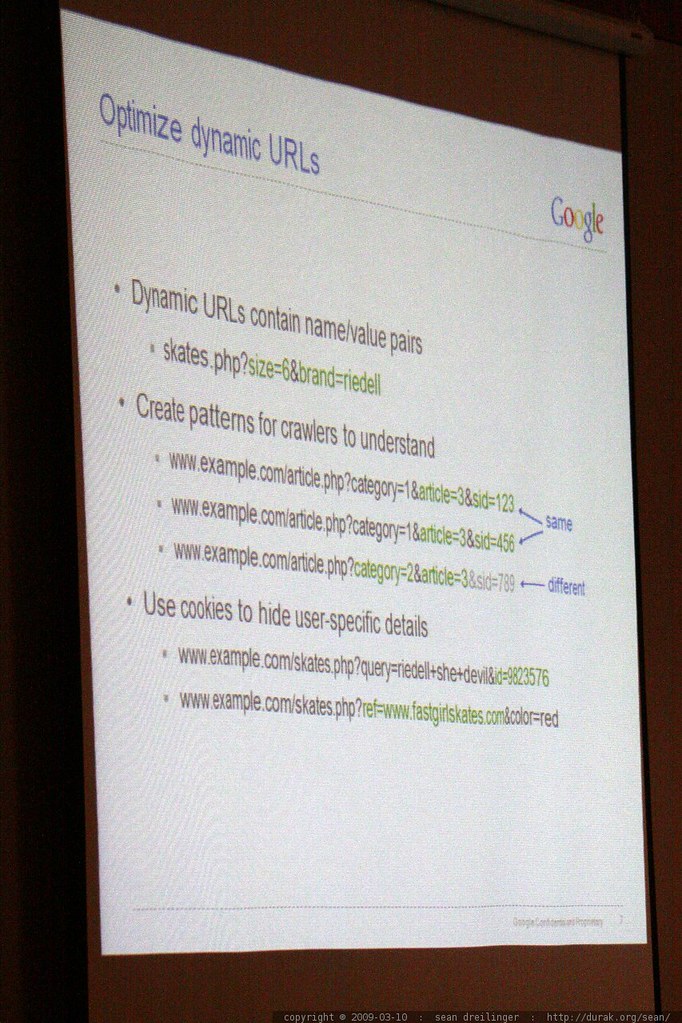SEO is short for search engine optimization, and it is the process of improving your website traffic. The goal of SEO is to target unpaid or paid traffic. It involves both technical and on-page aspects of optimizing a site. If you are considering hiring a company to help you optimize your site, make sure to ask them what their services include.
On-Page SEO
On-page SEO is a set of actions you can perform on your website to improve its ranking in the search engines. This involves optimizing content, links, images, and HTML tags to boost your site’s visibility.
Search engines are getting smarter and more sophisticated. They can extract meaning from synonyms and frequency of word combinations. They can also determine the relevance of a web page. In order to succeed with on-page optimization, you must create content that matches your user’s intent. You must also build trust for your website.
On-page SEO is critical to your website’s organic rankings. This means that your website should be optimized to attract free, targeted traffic from search engines. This is a powerful way to drive more traffic and increase sales.
To optimize your website for on-page SEO, you need to review your content on a regular basis. Make sure that it includes keywords, descriptions, and titles that people would search for. This will help the search engine understand your content. Then, use anchor text to describe what users will find on your pages.

Your website should be built on a platform that allows you to edit it. This allows you to monitor the quality of your content and fix technical issues as they arise. To ensure that your on-page SEO is effective, make sure you regularly update the pages with new content.
Aside from on-page SEO, you should also consider building a website that’s mobile-friendly. Google will give more weight to websites with a fast load time. In addition, you can add a PR section for your website to attract potential patients.
Lastly, don’t forget to optimize your website’s images. Your pictures can affect your website’s speed and impact your search rankings. The faster your images load, the more likely you are to get a high ranking on the search engines. You can also increase the size of your images.
Keeping these on-page optimization tips in mind can greatly help your website achieve a high ranking on the search engines. Remember, a good content strategy is a match made in heaven.
Technical SEO
If you are looking to make your website more Google friendly you may be interested to know that there are a ton of tools that can help you achieve your goal. But before you start hopping from one tool to the next, take a moment to figure out what your goals are. Then you can be sure to get the most out of your efforts.
Getting your site to rank well in the search engines is no small feat, especially if you are looking to attract visitors in a niche market. For example, if you sell cars, you are likely looking to gain traffic from people searching for automotive related keywords. You can also target other niche markets to boost your organic visibility.

One way to do this is with a technical SEO for website. The name implies that you will be using a coding language such as HTML or CSS to create a site structure that makes it easier for search engine spiders to find and index your content. As a result, your page load time will be reduced. This will in turn boost your organic search results.
You’ll also want to check out the most recent version of Google Search Console for more insights into how your site is performing in the search engines. You should also do some basic maintenance, such as removing duplicate meta descriptions and status code errors. And don’t forget to use a good content management system as well. This will allow you to keep track of your site’s rankings and other metrics, and to easily update your meta tags and content as needed.
Ultimately, a well executed SEO campaign can be a win-win for both you and your clients. So, get ready to see your site rankings soaring and your brand building a solid foundation in your market. Best of luck! You’ll be happy you did. Alternatively, you can also check out a local SEO agency to boost your local visibility. Many SEO agencies forget to include social media marketing in their list of priorities, which could be a big miss if you’re trying to make your website as SEO friendly as possible.
Sitemaps
A sitemap is a great tool that allows search engines to crawl your website more easily. This way, you can ensure that your important pages get found. In addition, you can make sure that your site is easy to navigate.
XML sitemaps are a good way to make your website more accessible. They are also helpful for SEO. They are easy to read and allow search engines to more easily index your site. You can also use them to help your users find information on your website.
If you’re not familiar with sitemaps, they’re essentially a roadmap of your website. They include information about every page on your website. They are usually organized in a hierarchical or chronological order. They are also structured so that the most important pages are at the top. Besides telling search engines about your important pages, they can also provide information on your alternate language versions of the same page.
Using an XML sitemap is a great way to enhance your SEO. This is because the content that’s indexed is more likely to be found by your users, so your website will get more exposure. In addition, if you’re using an XML sitemap, you’ll be able to rank higher in the search engine results.
There are many different types of sitemaps. Some are used for special purposes. These can include news sitesmaps. Some are more effective than others.
While a sitemap can be an important SEO component, you shouldn’t rely exclusively on it. You should also check your site for duplicate content. This includes URLs that have anchors, parameter values, social media tracking IDs, and comment tracking IDs. In addition, you can use a CognitiveSEO Site Audit to check for these problems.
The most important metric for sitemap optimization is the “All submitted pages” indexation rate. This rate is calculated by the percentage of your total discovered URLs that are valid. The higher the rate, the better. Ideally, the indexation rate should be over 80%. If your indexation rate is lower than this, it’s likely that your website has content that isn’t indexed. If it’s not indexed, it won’t be ranked and won’t be visited by users.
Black hat vs white hat SEO
Black hat vs white hat SEO for website refers to the tactics used to improve the search engine ranking of a website. Black hat techniques include keyword stuffing, cloaking, and spam. This practice is considered to be against the search engine guidelines and may even lead to a Bing or Google penalty.
Despite the fact that the SEO community has a variety of opinions about the effectiveness of these methods, most practitioners agree that white hat techniques take longer to produce results. In addition, it’s important to remember that using a combination of black hat and white hat strategies is not necessarily a bad idea.
Black hat strategies are intended to boost rankings for a short time. However, this strategy is not a sustainable solution. The algorithm used by search engines is constantly updating to provide the best results to searchers. If you are caught manipulating the system, your site will be removed from the search engine and your rankings will be affected.
White hat SEO focuses on providing quality content to the audience. While black hat tactics can seem like a quick fix, they usually have a negative impact on the SERP ranking. It’s a good idea to follow the rules of the search engines and to focus on quality content and online relationships.
White hat techniques include cross-linking, building relevant inbound links, and writing high-quality content. Depending on your strategy, you may need to make a long-term commitment to white hat SEO.
Black hat techniques, on the other hand, can be effective at improving a site’s rank, but they can also lead to penalties. For instance, the Google and Bing Webmaster Tools alert you if your site has been flagged for violations. You can avoid this by submitting your site to the search engines through their Webmaster Guidelines.
The bottom line is that white hat vs black hat SEO for website are completely different. The good news is that it’s relatively easy to differentiate the two. You don’t need to do a lot of research to know which is more appropriate for your site.








